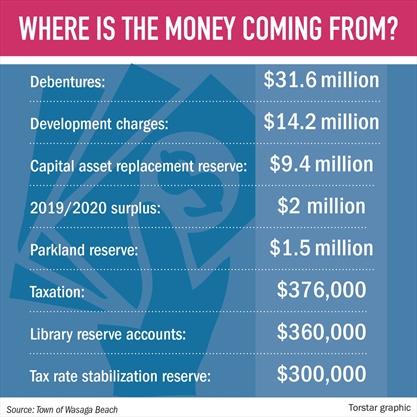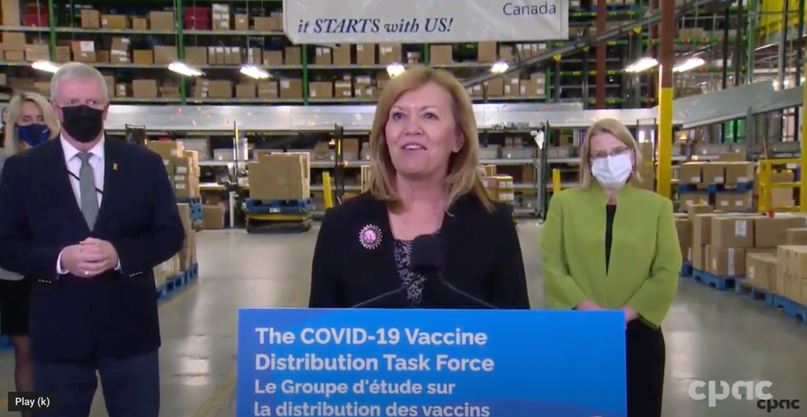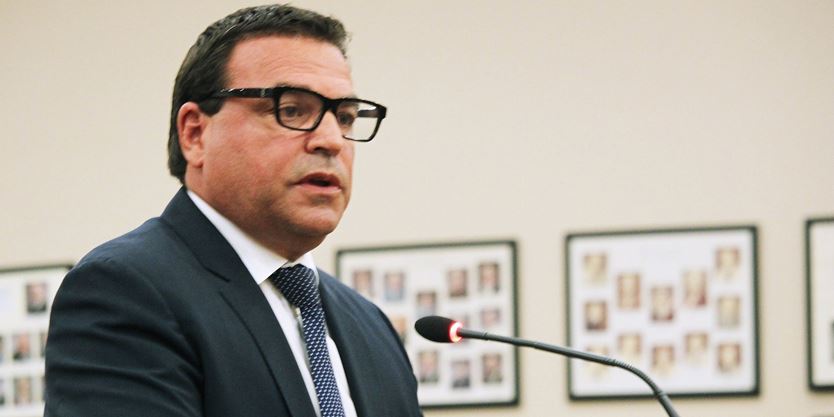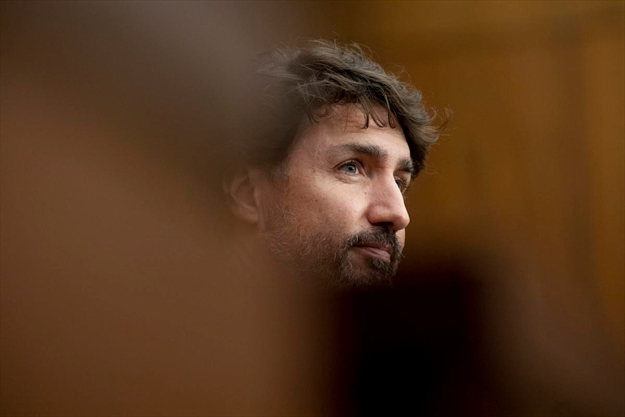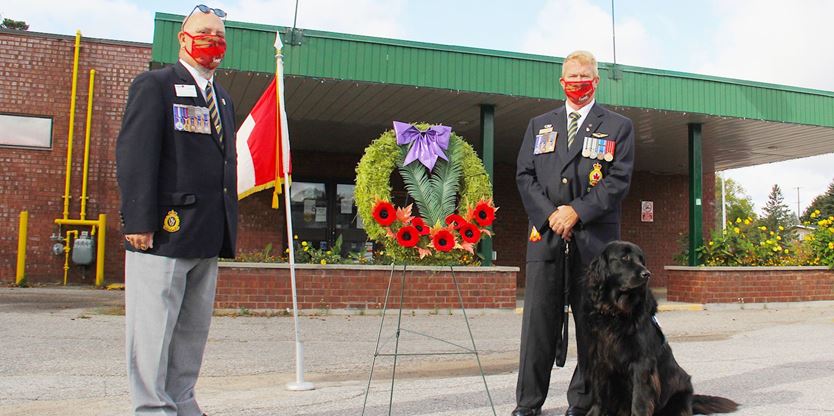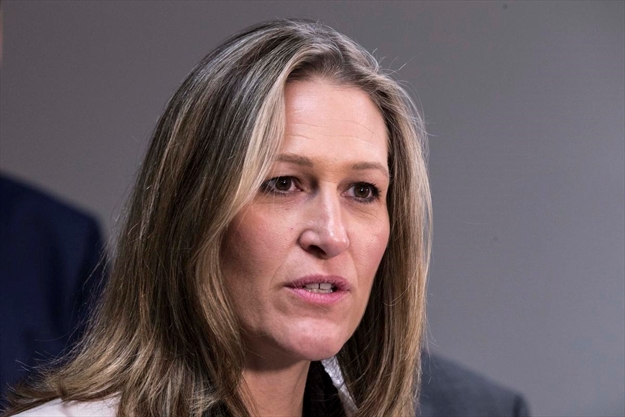‘It’s all unknown’: As Wasaga pushes to build new rink and library, ratepayers raise red flags
Wasaga Beach’s arena is more than 45 years old, and a 2013 report indicated it was at the end of its useful life.
The public library has also outgrown its existing facility based on the town’s population. Ontario Public Libraries Guidelines suggest an appropriate size for a public library is one square foot per capita — which would mean Wasaga’s library should be around 22,000 square feet, or about five times its current size.
The cost to replace both with a new multi-use facility on a River Road West property comes with a $60-million price tag, and in the absence of infrastructure funding from the upper levels of government, more than half of that cost is expected to be put on the town’s credit card.

That has the Wasaga Beach Ratepayers Association concerned about how fast the town is moving to begin construction (expected to start in 2021). Association president Faye Ego says the town needs to have more financial resources in hand — either in reserves or in commitments from upper levels of government — before it proceeds with construction.
“We’ve received numerous letters on this,” Ego said. “The words that keep coming up in every single piece of correspondence are ‘delay’, ‘unknown’, ‘assumptions’, and ‘assure us’.”

Ego said there is no question the facilities are needed — just not at this point in time. The ratepayers association have posted a petition on its website () asking for the project to be paused.
The full impact of the project is expected to hit taxpayers in 2024, when the carrying costs of a $31-million debenture are included on the tax bill.
Operationally, the rink and arena will add more than $1.08 million to the town’s spending, which equates to a $71.06 increase to the average assessed home ($339,000), or 3.44 per cent. The carrying costs of $1.5 million will add another $99.38, or equal to a 4.82 per cent.
However, according to figures provided by the town’s treasury department, it’s expected there will be a 2.47 per cent decrease in the town’s revenue needs — excluding the arena and library project — which would absorb about $30.
There would also be a decrease of 3.75 per cent, or $77.39, due to assessment growth.
The bottom line, according to the figures provided by the treasury department, would be an overall 2.04 per cent hike for the average home, or $62.55.
“As the assessment base increases, there are more taxpayer assessment dollars to help pay the total taxes that must be raised,” treasurer Jocelyn Lee wrote in an email to Simcoe.com. “This growth in the assessment helps to absorb some of the taxation increases, making the actual increase to each taxpayer less than if the assessment base had not increased.”
Ego said the association’s position is the town’s numbers are based on speculation.
“It’s all unknown, and that is the frightening part. It looks like they’re hedging their bets on development charges (the beachfront and Sunnidale Trails), but you can’t base the future on an unknown,” she said. “You can’t put this on a debenture and draw on a reserve — it’s just not responsible to do that.”
Ego said the pandemic also creates a huge unknown for the project, and what would be the building’s anticipated use once it is complete.
“The most sound decision would be to delay it,” she said. “Why the race to do this? They’re like a horse racing to the finish line to get this done when everyone knows they should pause this until funding is secured or they know they have the money (from development)
“They’re placing the costs on taxpayers with largely fixed incomes — it just does not make sense. It’s unreasonable.”
STORY BEHIND THE STORY: With questions raised about the potential costs of a new arena and library, Simcoe.com dug into the numbers to find out the impact on taxpayers.
